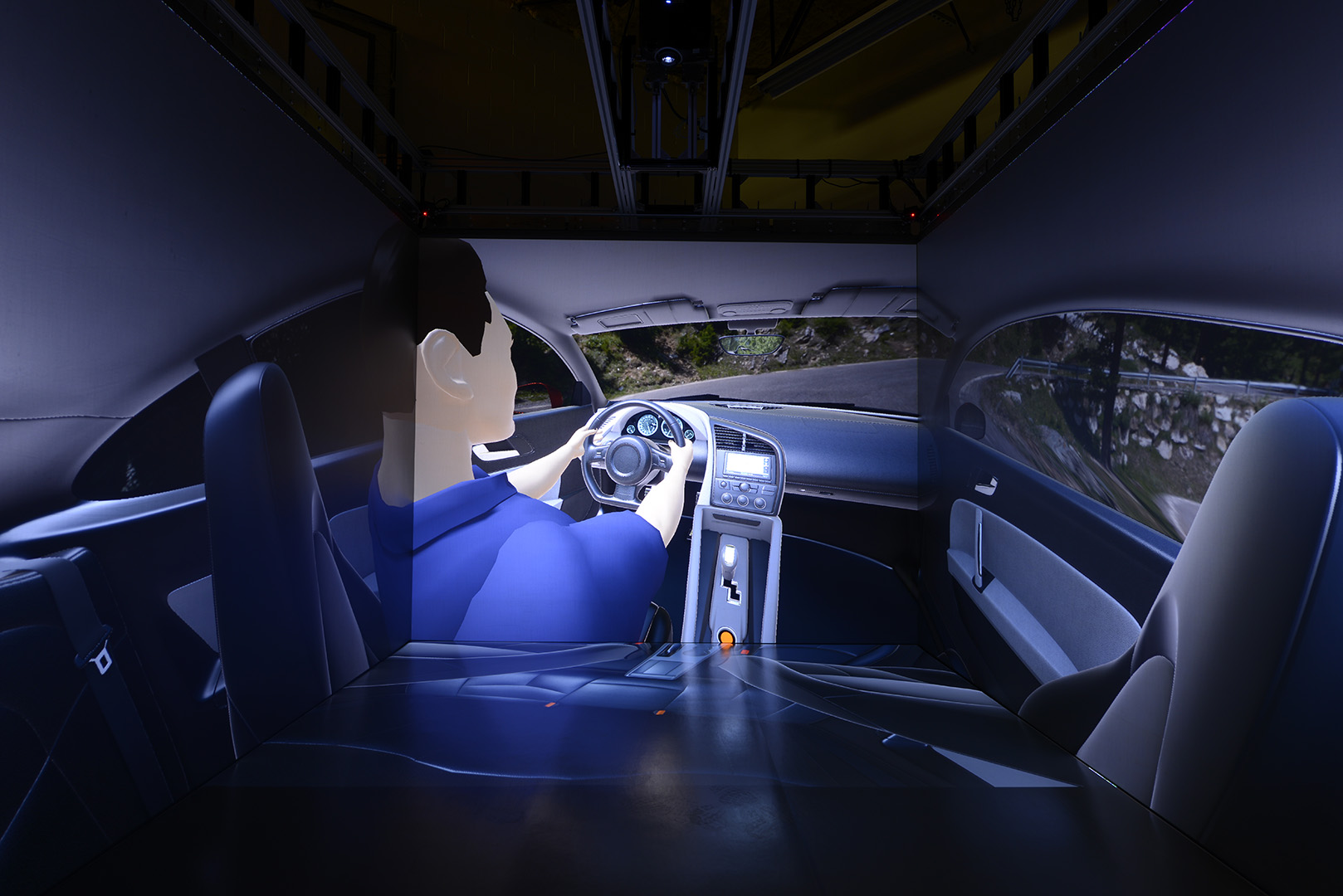

Advanced visualization has revolutionized the design and engineering processes for a number of industries, including automotive, aerospace, and consumer goods. This transformative technology increases collaboration, improves usability, and reduces time to market by facilitating full immersion into data sets and designs.
Through advanced visualization, design and engineering teams can work together in shared environments, rather than traditional silos, trading notes back and forth. What’s more, advanced visualization has dramatically cut back on the time-intensive clay modeling process that dominated automotive design for decades.
Here are the top reasons why advanced visualization transforms the design and engineering processes.
The full-scale clay model has been an integral part of the automotive design process for nearly a century. As visualization and 3D printing began to enter the market, many clay modelers feared their time designing cars was up. However, the automotive industry still clings to clay modeling as a vital tool in the design process.
Rather than eliminating clay modeling, advanced visualization has sped up the design process. As late as the 1990s, the car design process could take up to 48 months, but today — with the adoption of this advanced technology — the process can take as little as one year. In some cases, clay models are now used as props in advanced visualization displays.
In the same way, the consumer products industry uses advanced visualization to optimize the production process. For example, advanced visualization makes it possible for designers to display store shelf layouts without having to build product prototypes and place them in a physical store. Many industries benefit from displaying digital models, which reduces the number of physical prototypes as well as time to market.
Before the manufacturing process begins, designers use advanced visualization to virtually put themselves in the driver’s seat. For example, designers can simulate lighting to see what a driver would see, including windshield glare, and then make any changes to design based on their findings.
Engineers also use advanced visualization to study ergonomics for end use. This helps designers take different auto body types and shapes into consideration. For example, can someone in the fifth height percentile reach the rear view mirror and see out of it?
It might sound cliched, but advanced visualization brings designers and engineers together. Before widespread adoption of advanced visualization, engineers and designers sent designs back and forth to one another without ever meeting in the same room together. Today, designers and engineers can use advanced visualization environments to collaborate and better understand each other's processes.
In addition to facilitating collaboration, these environments bring a focus to the process that was previously missing. Working in an advanced visualization room forces designers and engineers to leave their desks and other tasks behind to focus on new concepts and view information differently.
Advanced visualization has changed the way designers and engineers work by fostering greater collaboration and increasing efficiency. At IGI, we understand the value of advanced visualization and can help integrate PowerWalls and CAVEs into your organization based on your unique requirements.
IGI is an industry leader in the complete integration of ultra-high-resolution advanced visualization systems. We boast 20 years of experience in the advanced visualization industry, managing all levels of AV integration projects. Contact us to learn more about how your organization can realize the operational value of advanced visualization for your audiovisual display needs. Or, read our guide below to learn more.